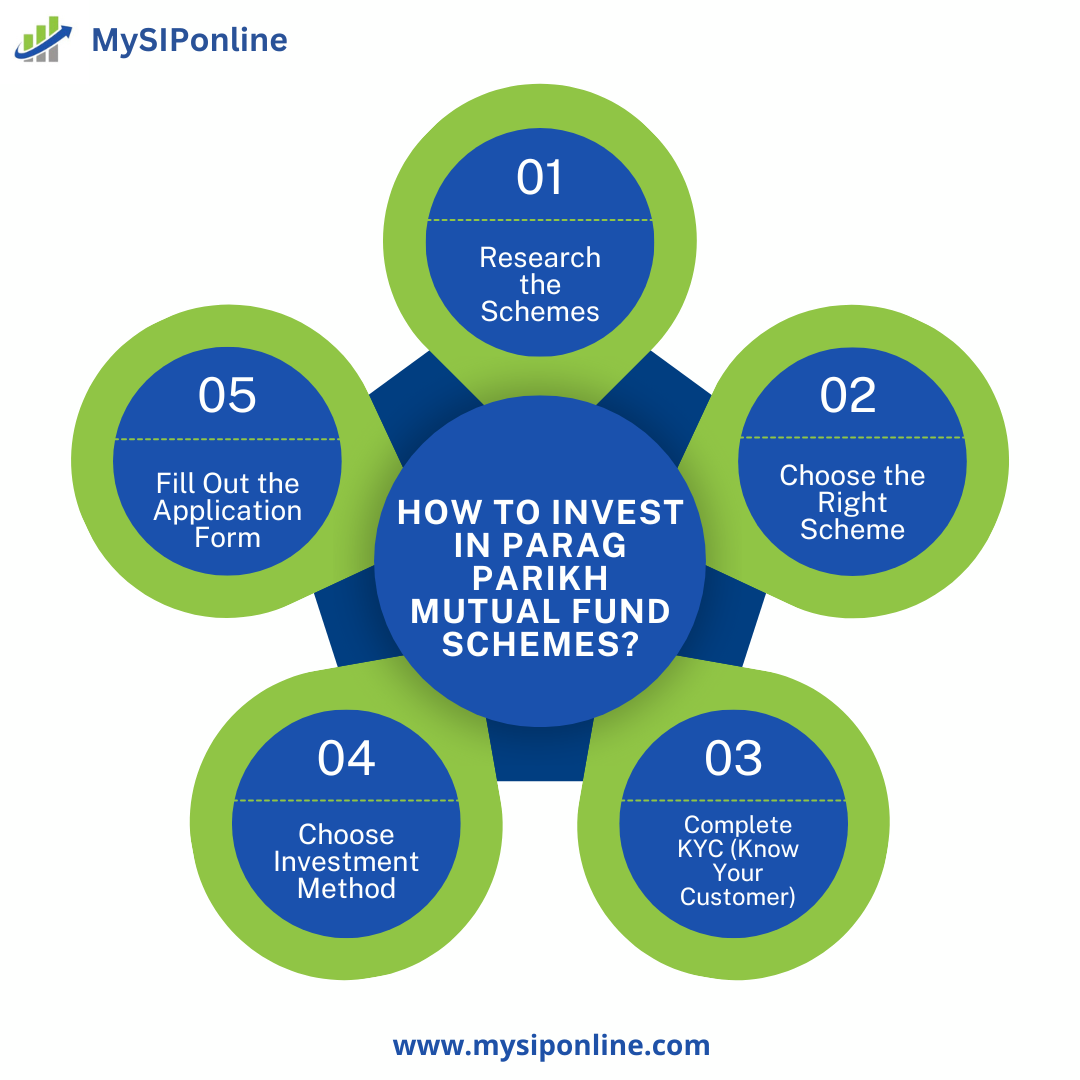
By Kevin Yao
BEIJING (Reuters) -Chinese government advisers are stepping up calls to make the household sector's contribution to broader economic growth a top priority at Beijing's upcoming five-year policy plan, as trade tensions and deflation threaten the outlook.
Leaders are gathering proposals for their 15th five-year plan, a voluminous document that lays out priorities up to 2030. The plan is expected to be endorsed at a December Communist Party conference and approved by parliament in March.
Policy advisers told Reuters while they expect the document will elevate household consumption to a top goal in principle, it is likely to stop short of laying out an explicit target.
Household consumption currently accounts for 40% of gross domestic product - some advisers propose China should aim for 50% over the next two five-year cycles.
Economists have long urged Beijing to switch to a consumption-led economic model and rely less on debt-fuelled investment and exports for growth.
While China has so far largely withstood pressures from higher U.S. tariffs, fresh worries about industrial overcapacity, factory deflation and the resulting stress on jobs and incomes have heightened calls for a shift in long-term strategy.
"Relying on external demand makes us vulnerable to global shocks," a policy adviser said on condition of anonymity due to the topic's sensitivity.
"We should strengthen domestic consumption as a key driver of growth and economic transformation," said the source, echoing calls from two other advisers Reuters spoke with.
A fourth adviser said his proposals would not include this recommendation as "this is not something that can be easily achieved without the correct policies and reforms."
NEW URGENCY
Calls for a more robust consumer sector are not new.
While Beijing has pledged structural changes for more than a decade, its household consumption share of GDP is roughly where it was in 2005 and far below the OECD average of 54%.
The difficulty, analysts say, is that China has to shift resources from the business and government sectors to households in ways that could slow growth. Japan entered its decades-long stagnation period with a household share of GDP of 50% in 1991. That only grew to 58% by 2013, before dipping back to 55%.
A 14th five-year plan progress report from 2023 lamented "insufficient mechanisms" to boost consumption.
The policy proposals for the 15th plan are largely the same ones Beijing had promised before, the advisers said.
These include bolstering welfare, relaxing an internal passport system blamed for deep urban-rural inequality, and other measures - including tax changes - to redistribute income towards those who have less and are more likely to spend it.
Story continuesNew proposals include using state-owned assets to shore up pension funds and propping up the wobbly stock market and the crisis-hit property sector to increase households' investment earnings.
"We have to increase household incomes, we have to boost transfers to low-income groups, but we've seen wage cuts," said a second adviser.
He added household demand has taken on increased importance at the upcoming five-year plan with discussions focusing on whether China should set a specific consumption target.
Yang Weimin, vice-chairman of the China Centre for International Economic Exchanges think-tank, said last month China should raise household consumption to over 50% of GDP by 2035.
BALANCING ACT
The advisers expect a goal from the 14th plan to keep the manufacturing share of GDP relatively stable will survive another five years.
State-guided investment has turned manufacturing into a key growth engine.
But an argument is emerging that investing more in an industrial complex that already accounts for a third of global manufacturing brings diminishing returns.
A prominent Communist Party magazine last week called for a crackdown on price wars in various industries, in a nod to China's overcapacity and deflation.
Peng Sen, chairman of the China Society of Economic Reform, said in comments posted on the WeChat account of the Changan Avenue Reading Club, an informal body backed by senior officials, that sluggish consumption also hurts manufacturing profits and endangers jobs.
Peng said in March that China should boost final consumption, which includes household and government spending, as a share of GDP to 70% by 2035. The share stood at 56.6% in 2024.
But not all of China's policy thinkers favour consumer-led growth.
In a June article in financial outlet Yicai, government economist Yu Yongding said the concept was "theoretically incorrect" and incompatible with long-term development.
"Without investment, there is no growth and without growth, sustained consumption is difficult to achieve," Yu wrote.
As with the previous five-year plan, China is unlikely to set a specific GDP growth target for the next cycle, the advisers said. China targets growth of around 5% this year, the same goal as in 2024.
But ambitions laid out in 2021 to double the size of the economy by 2035 remain, the advisers said. This, as in the past, might mean delaying painful reforms needed to rebalance the economy towards consumption, analysts say.
"Growth during this period cannot be lower than 4%," said a third adviser. "We won’t accept anything less."
(Editing by Marius Zaharia and Sam Holmes)








![Lobster Market Growth: Key Factors Driving Expansion to USD [9.6 Billion] by {2029}](https://noticiasdecostarica.com/zb_users/upload/2025/07/20250714121902175246674235065.png)




